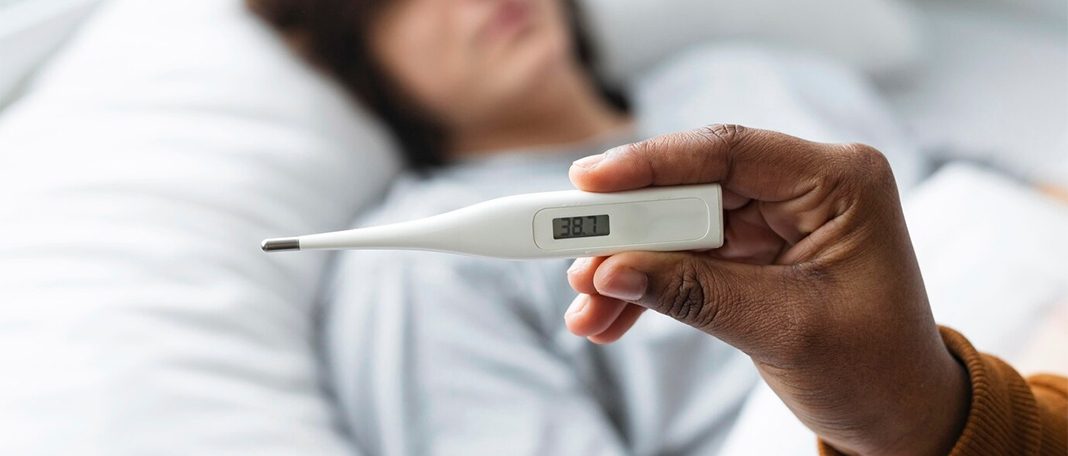If you know someone who is suffering from diabetic coma, then get to know the warning signs, causes, treatments, and when to seek emergency care.
This blog will cover,
Risk Factors For a Diabetes Coma
How is a diabetes-related coma treated?
Treatment options for diabetes-related coma
What is a Diabetic Coma?
A diabetic coma is a serious and potentially life-threatening complication of diabetes. It occurs when blood sugar levels become either too high (hyperglycemia) or too low (hypoglycemia), leading to a loss of consciousness and other severe symptoms.
Types of Diabetic Coma
Hyperosmolar Hyperglycemic State (HHS)
This type of diabetic coma occurs when blood sugar levels rise to very high, causing severe dehydration and a buildup of toxic substances in the blood. Hyperosmolar Hyperglycemic State(HHS) is more common in people with uncontrolled type 2 diabetes and can be triggered by infections, certain medications, or other medical conditions.
Also, get to know the diabetes natural tips for type 2 diabetes prevention.
Diabetic Ketoacidosis (DKA)
DKA is a life-threatening complication of type 1 diabetes that occurs when the body produces high levels of ketones, a type of acid that can build up in the blood. This condition is often triggered by a lack of insulin, which causes the body to break down fat for energy instead of glucose.
Must Read: 5 Ways Diabetes Can Affect Your Eyes & Vision
Symptoms of Diabetic Coma
There are several key symptoms to watch out for when it comes to diabetic coma—listed some of the signs that you are suffering from diabetes coma.
- Extreme Fluctuations in Blood Sugar Levels
This is the primary indicator that a diabetic coma may be imminent. It is most important to monitor blood sugar levels regularly and if they are consistently outside of the normal range, then seek medical attention.
2. Confusion and Disorientation
A person who is experiencing a diabetic coma may appear confused, disoriented, or have difficulty speaking coherently. This indicates that the brain is not receiving enough glucose to function properly.
3. Difficulty in Breathing
Shallow or labored breathing can be a symptom of diabetic coma, as the body struggles to maintain normal oxygen levels due to the imbalance in blood sugar.
4. Unconsciousness
Diabetic coma can lead to unconsciousness in some severe cases. This is a medical emergency and requires immediate attention to prevent further complications.
5. Fruity-Smelling Breath
A distinct fruity odor on the breath can be a sign of diabetic ketoacidosis, a serious condition that can lead to diabetic coma if left untreated.
What Causes Diabetes Coma?
Several factors can contribute to the development of a diabetes coma, including:
Hyperglycemia
One of the most common causes of diabetes comas is untreated or poorly managed hyperglycemia, which is high blood sugar levels. When blood sugar levels become too high, then the body is unable to produce enough insulin to regulate them. Thus in turn leading to a buildup of ketones in the blood.
Hypoglycemia
On the other hand, hypoglycemia, or low blood sugar levels, can also lead to a diabetes coma if left untreated. When blood sugar levels drop too low, the brain is deprived of the glucose it needs to function properly. This, in turn, leads to confusion, seizures, and ultimately, a coma.
Diabetic Ketoacidosis (DKA)
DKA is a serious complication of diabetes that occurs when the body is unable to use glucose for energy and starts breaking down fat instead. This process produces ketones, which can build up in the blood and lead to a coma if left untreated.
Infection or Illness
Infections can cause blood sugar levels to rise, while illnesses such as the flu can lead to dehydration and fluctuations in blood sugar levels.
Stress or Emotional Trauma
Stress can trigger the release of hormones that raise blood sugar levels, potentially leading to hyperglycemia and coma.
Also Read: Workplace Trauma and Its Influence on Your Life
Risk Factors For a Diabetes Coma
While anyone with diabetes is at risk of developing a diabetes coma, certain factors can increase the likelihood of this serious complication occurring:
Uncontrolled Diabetes
Individuals who do not properly manage their diabetes through medication, diet, and lifestyle changes are at a higher risk of experiencing dangerous fluctuations in blood sugar levels that can lead to a coma.
Missed Insulin Injections
Failing to take prescribed insulin doses can quickly lead to hyperglycemia. If left untreated, then it will lead to diabetes coma.
Also Read: Avoid Daily Insulin
Poor Blood Sugar Management
Regularly monitoring blood sugar levels is crucial for individuals with diabetes to ensure that they are within a safe range. If sugar level is not in control will result in a coma.
Also Read: 5 Natural Foods That Lower Blood Sugar
Alcohol or Drug Use
Excessive use of drugs can interfere with the body’s ability to regulate blood sugar levels, increasing the risk of a diabetes coma.
Medication Interactions
Individuals with other health conditions, such as kidney disease or heart disease, may be at a higher risk of developing complications that can lead to a diabetes coma.
How is a Diabetes-Related Coma Treated?
If you suspect that you or someone you know is experiencing a diabetes-related coma, it is important to seek immediate medical attention.
Treatment Options For Diabetes-Related Coma
The treatment for a diabetes-related coma will depend on the underlying cause of the coma.
- In cases of hyperglycemia (high blood sugar), the individual may be given insulin to help lower their blood sugar levels.
- In cases of hypoglycemia (low blood sugar), the individual may be given glucose or another form of sugar to help raise their blood sugar levels.
In addition to addressing the immediate cause of the coma, medical professionals will also work to stabilize the individual’s vital signs and monitor their condition closely. This may involve administering fluids, electrolytes, and other medications as needed.
To know more about the ways to prevent diabetes complications, then here’s the solution.
When To See a Doctor?
If you or someone you know is experiencing symptoms of the diabetes-related coma mentioned above, then it is important to seek medical attention immediately. Do not wait for the symptoms to worsen, as this could lead to serious complications or even death. They can help you develop a plan to manage your blood sugar levels better and reduce the risk of complications.
Hence, early detection and treatment are key to preventing serious complications from diabetes-related comas. Do not hesitate to seek medical help if you suspect that you or someone you know may be experiencing this dangerous condition.

















